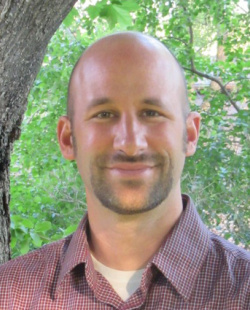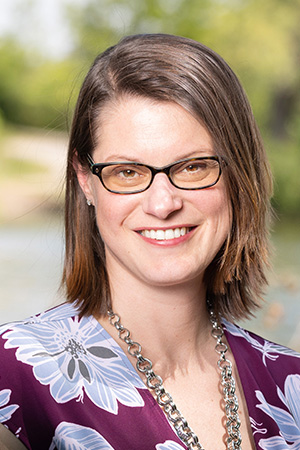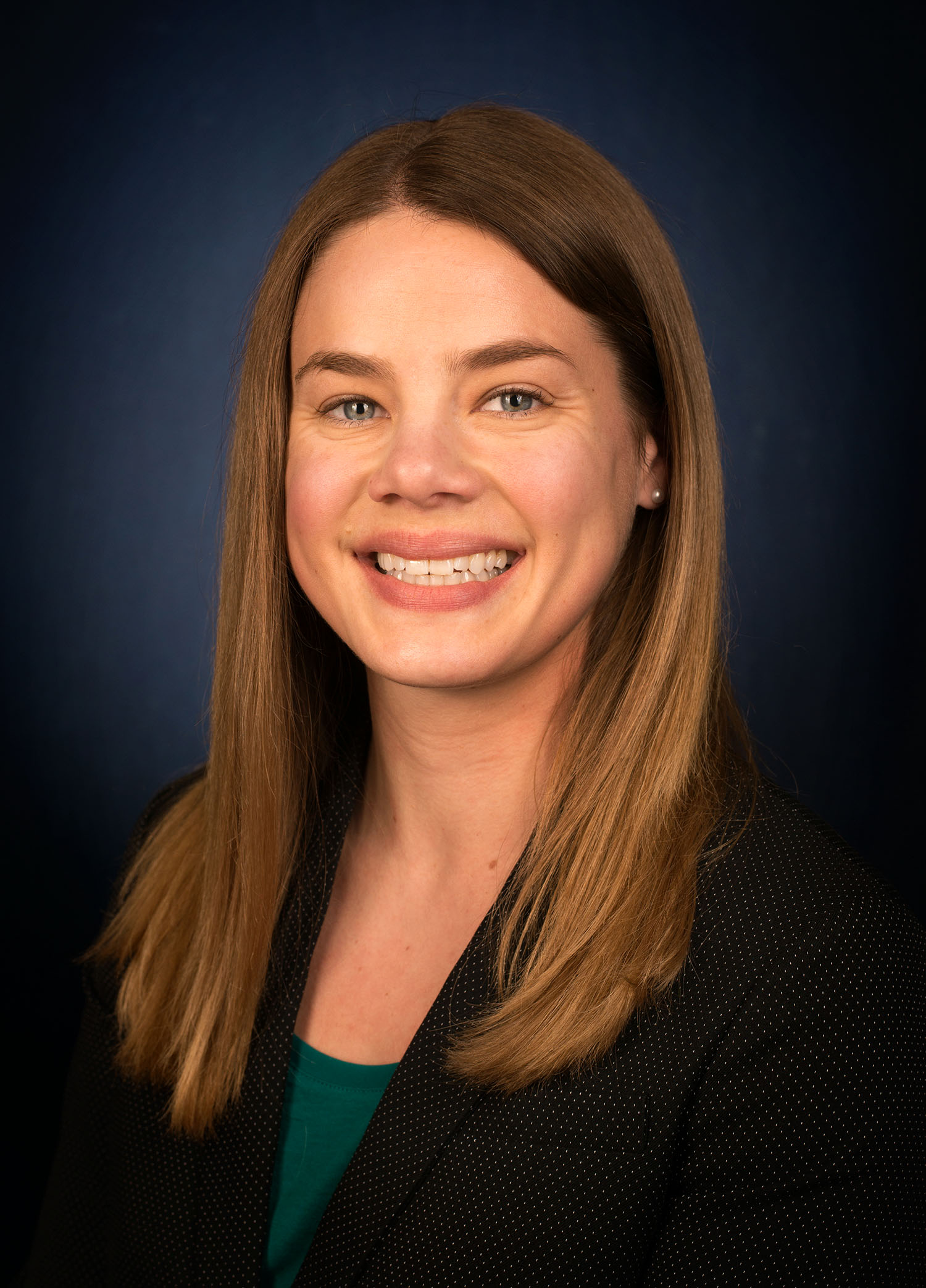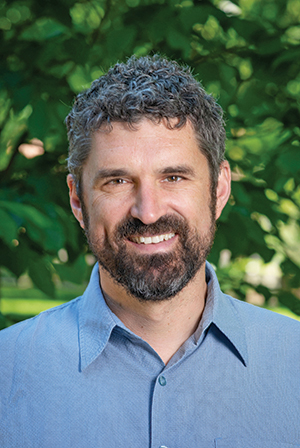More Stories from the Magazine
Table of Contents
Meet the Future of Sustainable Food Systems: A Focus on Soil Health and Crop Diversity
Soil degradation threatens our ecosystems and climate, and thus the future of food access. To be sustainable, ecological processes will need to be managed using species diversity to sustain production and support important functions including restoring soil health, which is the focus of research being conducted by SEAS Associate Professor Jennifer Blesh alongside students and other collaborators.
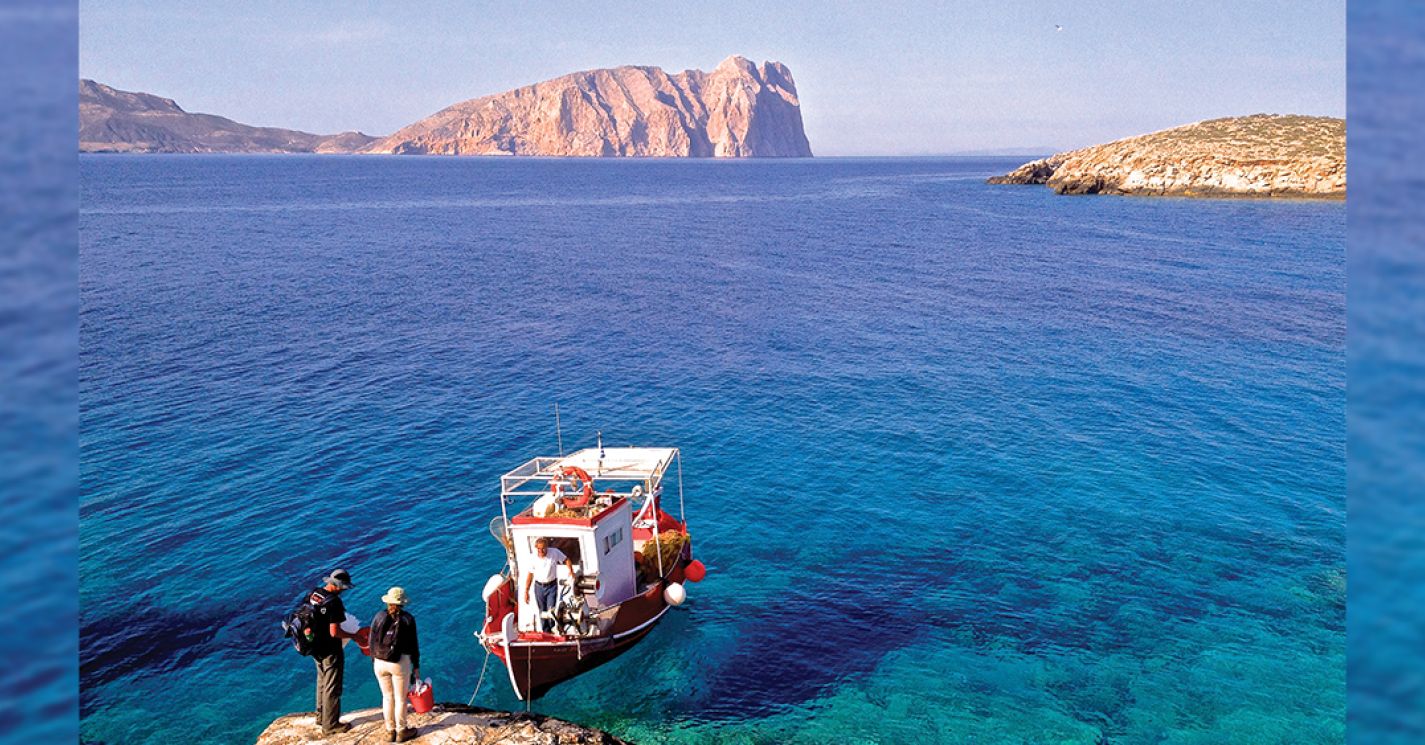
Island Biology: “A Lot of Bang for Your Conservation Buck”
Islands offer boundless opportunities to inform basic ecological science and applied conservation biology, and are integral to protecting global biodiversity. For nearly a decade, SEAS Associate Professor Johannes Foufopoulos and his students have studied island biology to identify what endangers resident species and how biodiversity can be protected.

The Legacy of Bunyan Bryant
SEAS Professor Emeritus Bunyan Bryant, a pioneer in the field of environmental justice who helped to establish the nation’s first environmental justice program at the school, died in March 2024 from cancer. He was 89. Bryant shepherded and inspired countless social and racial justice advocates in his four decades at U-M. Former students share how he influenced them.



